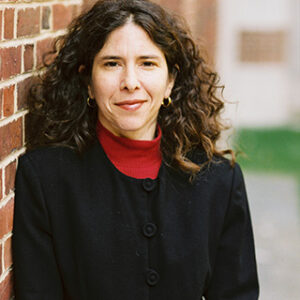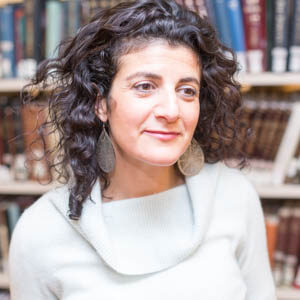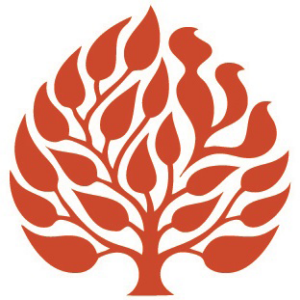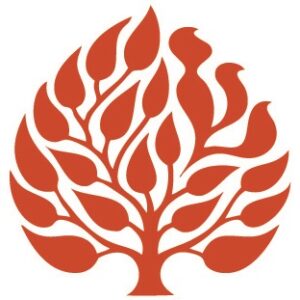
A Sukkah Remembers
Oct 4, 2017 By Ofra Arieli Backenroth | Commentary | Sukkot
In his poem “The Jews,” Yehuda Amichai (1924–2000) bestows on us a full typology of the Jewish people—from the standpoints of both Jews themselves and outsiders. Some of those images remain with us: the Jew wearing a Turkish turban in a Rembrandt painting, the Chagall Jew holding a violin as he flies over rooftops, and other vivid images. In the middle of the poem, Amichai mentions a sukkah—his grandfather’s sukkah, in particular. Amichai turns the memory of the Israelites’ wanderings in the desert that the sukkah usually evokes on its head, and describes the sukkah as an object that itself remembers and reflects back to us the history of the Jews.
Read More
Teshuvah / Repentance
Sep 29, 2017 By Joanna Katz | Commentary | Yom Kippur
“What you can change is looking at and approaching the things in your life differently.”
“This Elul, I have had an opportunity to examine and reexamine my life so I might do things differently.”
“All the teshuvah work we do is inner work; the system does not care about the work we have done.”
“I want to be a better person.”
Read More—Remarks made to me by Jewish inmates during the month of Elul

Beyond Reach
Sep 20, 2017 By Barbara Mann | Commentary | Ha'azinu
Attentive the heart. The ear listening:
Is anyone coming?
Every expectation contains
the sadness of Nevo.
Read MoreOne facing the other—two shores
Of a single river.
The rock of fate:
Ever far apart.

Woodcutters and Water Drawers
Sep 15, 2017 By Shira D. Epstein | Commentary | Nitzavim | Vayeilekh
The opening verses of this week’s parashah pronounce that the entirety of Israel stands before God to enter into the covenant: the leaders, the elders, the officers; every man, child, woman, and convert, as well as the “woodcutters and water drawers” (Deut. 29:9–10). Unlike some other Torah excerpts that clearly demarcate mitzvot reserved for a particular classification of people, all people are told to show up in this moment. They are beckoned to view themselves as integral parts of an expansive and inclusive community.
Read More
Curses and Blessings
Sep 8, 2017 By Galeet Dardashti | Commentary | Ki Tavo
I just recorded this riff/improvisation on a Moroccan rendition of the piyyut “Ahot Ketanah.” The piyyut (liturgical hymn)—particularly beloved by Sephardim as the first piece sung for Rosh Hashanah—references Ki Tavo’s many curses and pleads that this year’s curses come to an end. When I chant it for the High Holidays, the entire kahal holds the drone underneath. The Talmud (BT Megillah 31b) explains that Parashat Ki Tavo ends with incessant curses so that we leave them behind and begin the New Year with only blessings.
Read More
Facing Reality
Sep 1, 2017 By Alex Sinclair | Commentary | Ki Tetzei
And so another school year begins. After a summer of camp, travel, or relaxation, reality bites. Schedule. Classes. Papers. Reality.
Ki Tetzei contains many moments which deal with cold, hard reality. You like that woman you took captive in war? Sorry, mate, you have to face reality, with rules and regulations (Deut. 21:10–14). Think that the son of your preferred wife can inherit, even though he’s not the first-born? No sirree: you have to deal with legal reality (21:15-17).
Read More
Limbs
Aug 25, 2017 By JTS Alumni | Commentary | Shofetim
Gavriella Kornsgold, Student, The Rabbinical School, and JTS Alumna (LC ’17, DS ’19)
Limbs (2017)
Sharpie, colored pencil, and acrylic on plexiglass
Read MoreAre trees of the field human to withdraw before you into the besieged city? (Deut. 20:19)

Licensed to Kill (Kosher Animals)
Aug 18, 2017 By Library of the Jewish Theological Seminary | Commentary | Re'eh
In Deut. 12:20–25, explicit permission is given for the slaughter and consumption of meat outside of the sacrificial system. The passage includes the phrase “as I have instructed you” (v. 21), and the Talmud identifies these words as the source of the various prescriptions for kosher slaughter (shehitah) (BT Hullin 28a).
Read More


